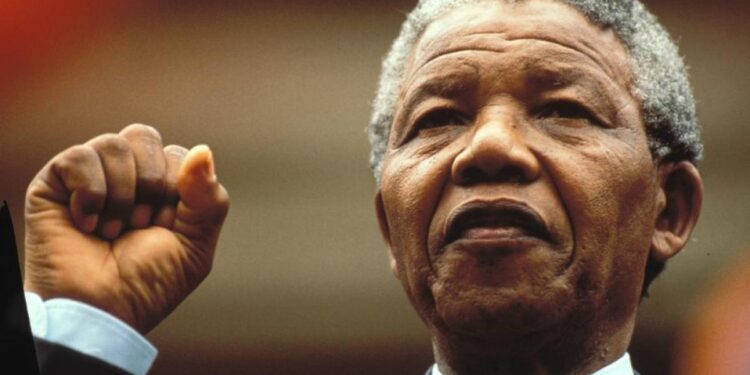On February 11, 1990, Nelson Mandela walked to freedom after 27 years of imprisonment, marking a pivotal moment in South Africa’s history and the global fight against apartheid. The world watched as the 71-year-old anti-apartheid leader emerged from Victor Verster Prison near Cape Town, hand-in-hand with his then-wife Winnie Mandela.
Mandela’s release came following mounting international pressure and significant political changes within South Africa. President F.W. de Klerk, who had taken office in 1989, had already begun dismantling the apartheid system. The ban on the African National Congress (ANC) and other anti-apartheid organizations had been lifted, setting the stage for Mandela’s release.
The day of his release was filled with both jubilation and tension. Thousands of supporters gathered outside the prison and along the streets of Cape Town to catch a glimpse of the man who had become a powerful symbol of resistance against racial segregation. In his first public speech delivered from the balcony of Cape Town’s City Hall, Mandela addressed a massive crowd, declaring, “Our march to freedom is irreversible.”
Despite his decades of imprisonment, first on Robben Island and later at other facilities, Mandela emerged without bitterness. Instead, he demonstrated a remarkable commitment to reconciliation and peaceful transition. His dignified demeanor and unwavering dedication to creating a democratic, non-racial South Africa earned him widespread respect from supporters and former opponents alike.
The years following his release were crucial for South Africa’s future. Mandela led the ANC in negotiations with the apartheid government, working towards a peaceful transition to democracy. These efforts culminated in South Africa’s first democratic elections in 1994, where Mandela was elected as the country’s first Black president.
His release from prison represented more than just personal freedom; it symbolized hope for millions of South Africans and people around the world. The image of Mandela walking out of prison became an iconic symbol of liberation and human dignity. His journey from prisoner to president demonstrated the power of perseverance and the possibility of peaceful transformation in even the most deeply divided societies.
The day of February 11, 1990, stands as a testament to the triumph of the human spirit over oppression and the potential for positive change through dedication to principles of justice and equality. Mandela’s release set in motion a series of events that would forever change South Africa and inspire generations of people fighting for freedom and justice worldwide.
newshub



Recent Comments